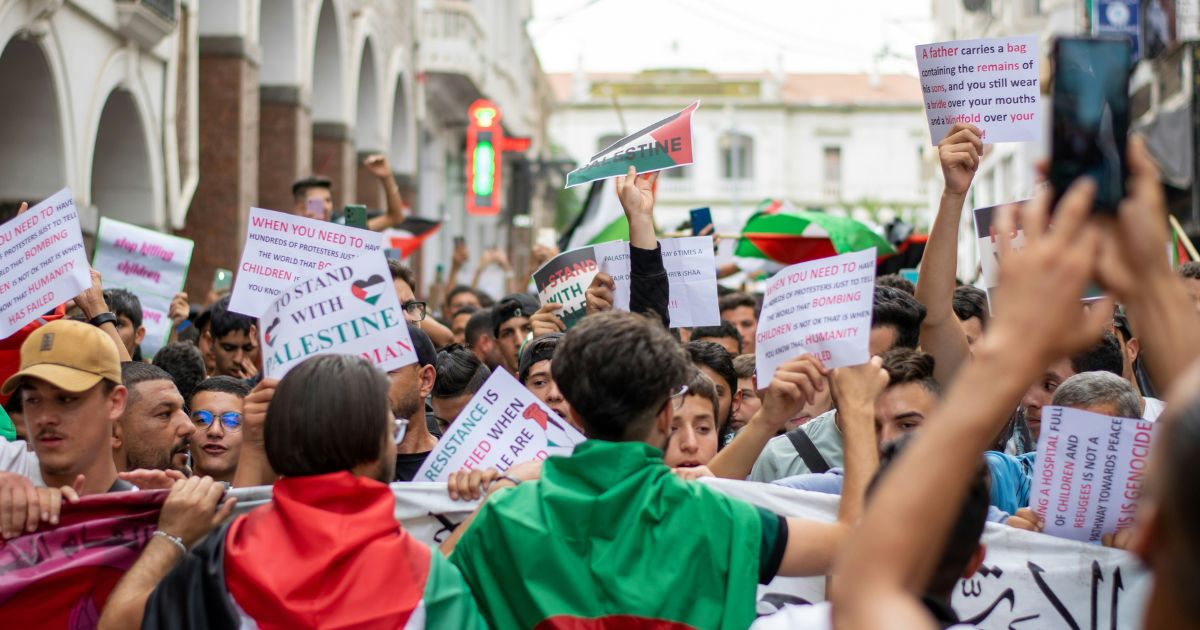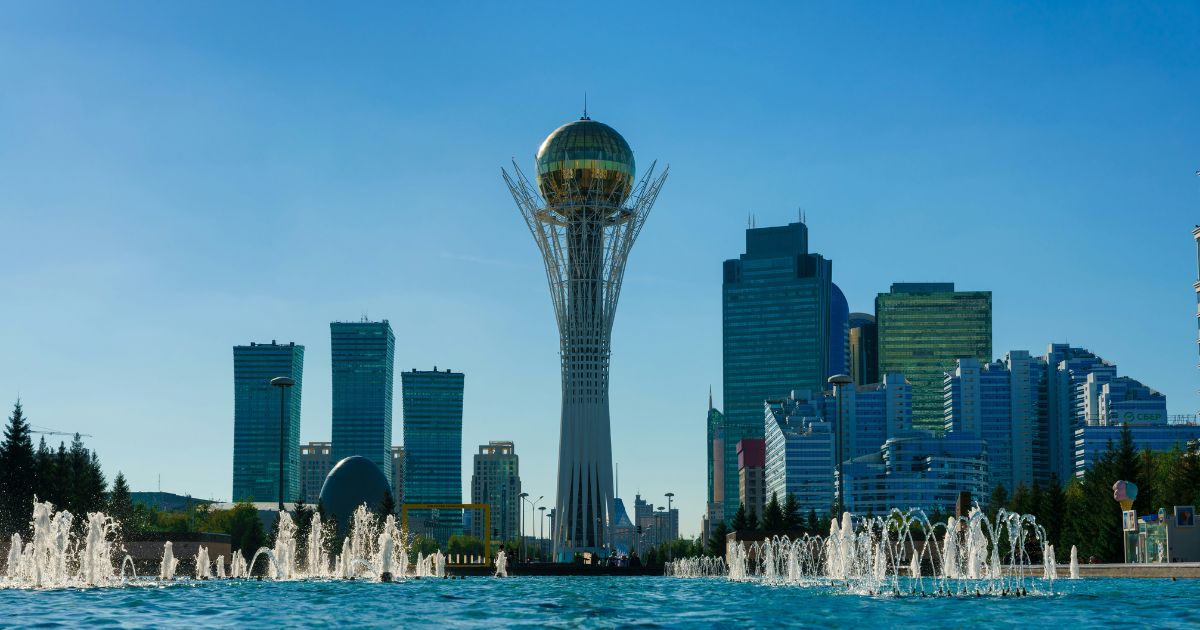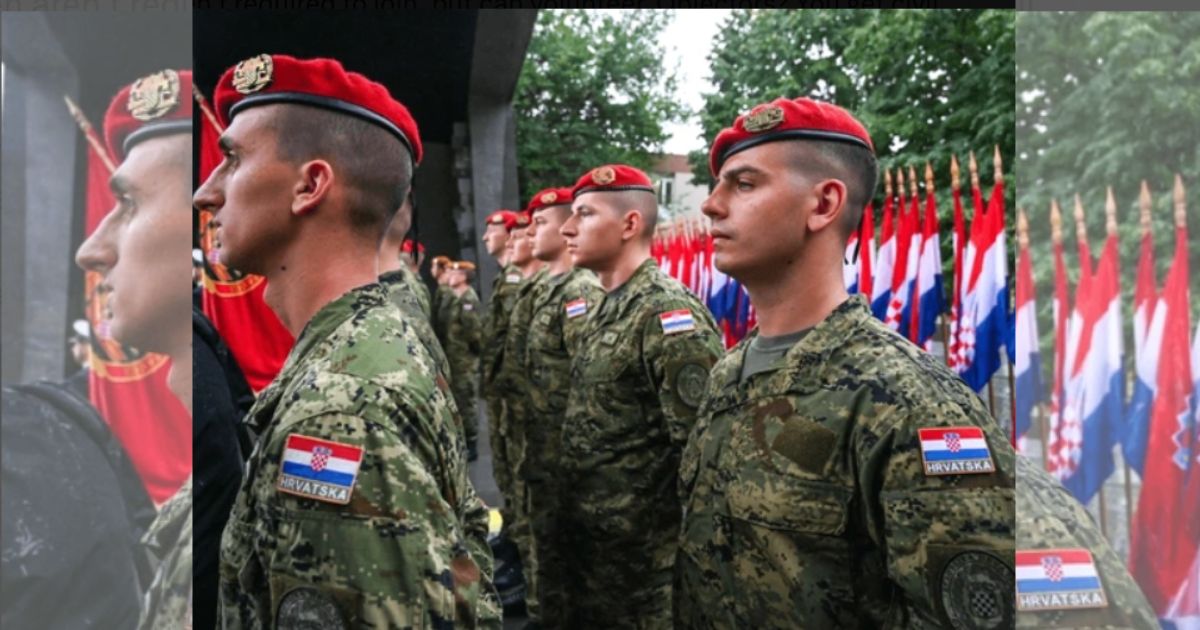Demonstrations in more than a dozen cities have jolted Morocco for a week straight, with the young people behind them showing they can translate digital discontent into a real-world movement that authorities can’t ignore.
The North African nation is the latest to be rocked by “Gen Z” protests against corruption, lack of opportunity, and business as usual.
Equivalent mobilizations have emerged in nations like Madagascar, Kenya, Peru, and Nepal. They vary in origin, but all have in common a refusal to pass through institutions such as political parties or unions to be heard.
In Morocco, frustration boiled over disparities between government investment in stadiums ahead of the 2030 FIFA World Cup and a mediocre health system that lags behind nations with comparably sized economies.
About the protesters
A loose grouping named Gen Z 212 — named for Morocco’s phone code — is driving the protests. Members discuss tactics on Discord, a popular chat app among gamers and teenagers. The core organization has some 180,000 members, but spin-offs have also emerged, staging demonstrations in towns of their own initiative.
As in other countries inundated with Gen Z uprisings, Morocco is reeling from a youth bulge, with over half the population under 35. But as the nation invests billions in tourism and infrastructure, Moroccan unemployment among 15- to 24-year-olds has risen to 36%. And with opportunity in short supply, over half of Moroccans under 35 have entertained thoughts of leaving the country, an Afrobarometer survey conducted in June finds.
When midweek demonstrations turned violent, officials said most participants were minors, and rights groups say many detained were under 18.
What is the protest all about
Morocco is Africa’s most traveled country, tempting international visitors with its medieval palaces, vibrant bazaars, and sweeping desert and mountain scenery. But away from the tourist path, the reality for most of Morocco’s 37 million inhabitants is sky-high living costs and stagnant salaries.
The North African Kingdom has seen great improvements in raising standards of living, although development has been patchy, and critics argue that it has actually widened inequities.
Morocco has Africa’s sole high-speed rail line and is building seven new stadiums and upgrading seven others in preparation for the 2030 FIFA World Cup. It will invest over $5 billion in the tournament’s infrastructure, some from the private sector. With a $300 monthly minimum wage, however, many are living in poverty in towns where roads remain unpaved, hospitals have no doctors, and classrooms are starved of funds and packed with children.
Morocco has just 7.7 medical workers per 10,000 people and even smaller numbers in portions of the south and east where demonstrations have become hottest. The public health system delivers over 80% of care, yet receives just 40% of expenditures, with the balance deriving from private or out-of-pocket expenses.
Prior to Gen Z 212, localized riots over regional disparities and government priorities broke out, such as in Al Haouz, where families are still in tents over two years after a catastrophic 2023 earthquake. Frustration reached a boil in September following the deaths of eight women in childbirth in an Agadir public hospital along the coast. Contrary to its revamped airport and status as a tourist destination, the city is the capital of one of Morocco’s poorest regions, Sousse-Massa, where locals complained of a shortage of doctors and good medical care.
Protesters, who are upset at corruption, have compared the government to a mafia and have gone after Prime Minister Aziz Akhannouch and Health Minister Amine Tahraoui, who used to be his business partner. Akhannouch is one of Morocco’s wealthiest individuals and owns the majority of Morocco’s gas stations, and one of his entities recently acquired controversial government contracts for new desalination projects.
Morocco’s economic interests, including the royal family’s investment vehicle Al Mada, have also estimated enormous returns from World Cup-related construction, such as new stadiums, train tracks, and hotels, the magazine Jeune Afrique reported.
Gen Z’s top demands
“Stadiums are here, but where are the hospitals?” A dig at Morocco’s extravagance on World Cup spectacle projects and what many view as the government’s blindness to everyday suffering.
“Freedom, dignity, and social justice” is a leftover slogan from previous movements condemning restricted political freedoms and economic marginalization, without making concrete demands for change.
The demands of the protesters
Following demands by authorities for Gen Z 212 to explain its demands, the group on Thursday released a letter penned to King Mohammed VI, calling for him to dissolve the government and corrupt political parties, free detainees, and summon a government forum to hold officials accountable.
The string of political demands broke away from the vague appeals of dignity and social justice, echoing a widespread feeling that Morocco has not seriously taken steps to overcome the “paradoxes” of living standards in the course of the 2017 mass protests. Then, he had recognized that development had not sufficiently trickled down to reach all and had assured that progress was being made.
While the king is the nation’s supreme power, Gez Z protesters vented their anger at government figures and appealed to him to direct reforms. Such placards were read by many in the streets: “The people want the King to intervene,” highlighting his reputation among Moroccans as a pillar of stability.
Government’s Response
Security forces have changed gears from crackdown to retreat.
Plainclothes men and riot police mass-arrested demonstrators over the weekend of Sept. 27 and 28. Police in a small town near Agadir opened fire on demonstrators they said were charging one of their checkpoints on Wednesday, killing three, and a police van drove into protesters in the eastern city of Oujda, injuring one, the previous night. But elsewhere, security forces relaxed their grip, standing by as protesters and vandals burned cars and destroyed storefronts.
Following days of demonstrations, Akhannouch and some members of his Cabinet indicated the government was willing to talk with protesters and offered to strengthen existing hospitals with more personnel and establish new medical centers.
“The government undertook an overall plan from the start, and now we are speeding it up so citizens can feel its changes more palpably,” Tahraoui said Friday to the site Hespress.
Yet as Moroccans observe stadiums constructed in a few months, promised reforms have sounded empty to many protesters, because until now, no one in authority has suggested rerouting stadium money into social services.
“The government is resorting to patchwork solutions to relieve the pressure,” said Youssef, a 27-year-old protester. “Their reforms will take years.”




